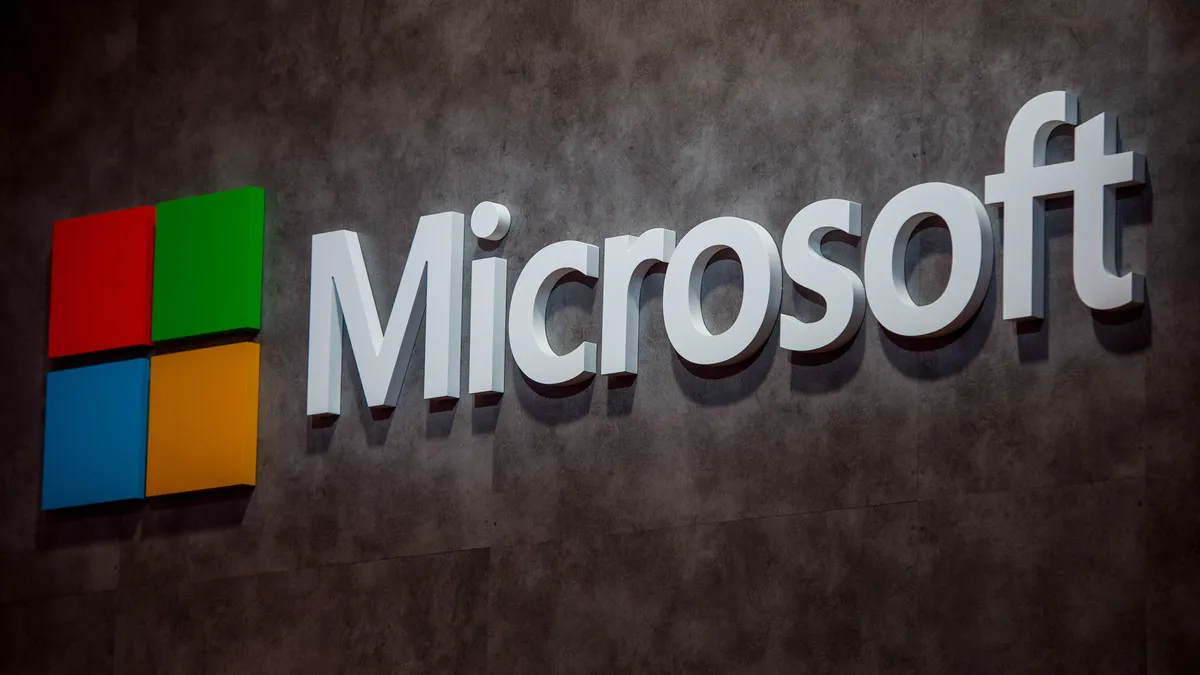As the pace of work accelerates, next-generation AI tools will help workers keep up with innovation and the future of work, according to a May 9 report from Microsoft.
These tools — such as Microsoft 365 Copilot — are quickly becoming embedded into everyday workplace software. They can lift some of the burden of work if incorporated properly into the organizational structure.
“This new generation of AI will remove the drudgery of work and unleash creativity,” Satya Nadella, chairman and CEO of Microsoft, said in a statement.
“There’s an enormous opportunity for AI-powered tools to help alleviate digital debt, build AI aptitude and empower employees,” he said.
In the report, Microsoft highlighted three key insights for business leaders who are considering AI adoption in the workplace.
1. Digital debt threatens innovation.
“Digital debt” comes in the form of data, emails and chats that build up without the ability to address them all. Instead of spending time on creative work, employees are spending time on digital debt management.
In fact, 64% of employees don’t have enough time to complete their work, the company reported, and those employees are 3.5 times more likely to say they struggle with innovation or strategic thinking. Within the Microsoft 365 suite, the average person spends 57% of their time communicating and 43% of their time creating.
New AI tools can allow workers to reduce this digital debt and focus on more productive communications and strategic work.
2. A new AI-employee alliance is forming.
The unknowns of AI use in the workplace can be intimidating. However, it seems that employees are beginning to embrace the potential upsides, especially as the promise of relief outweighs the fear of job loss.
For instance, Microsoft found that about 49% of people said they’re worried AI will replace their jobs, yet 70% said they would delegate as much work as possible to AI to lessen their workload. Leaders were also twice as likely to say that AI would be more valuable in the workplace to boost productivity rather than reduce head count.
As conversations about AI in the workplace continue, leaders can reduce fears for workers by talking transparently about the positives and ways to lighten the load.
3. Every employee needs AI aptitude.
For adequate understanding and adoption in the workplace, all employees — not just AI experts — need to gain skills to feel competent and confident around the latest AI developments. This includes prompt engineering in their day-to-day roles.
Microsoft found that 82% of leaders believe employees will need new skills in the AI era, which has already begun. As of March 2023, jobs on LinkedIn in the U.S. that mention GPT have increased by 79% year over year.
Ultimately, this new AI-centric skill set will be in high demand and have ripple effects across all aspects of hiring, including resumes and job postings.
“The pace and volume of work have increased exponentially and are outpacing humans’ ability to keep up,” Jared Spataro, corporate vice president of Modern Work and Business Applications for Microsoft, said in the statement.
“In a world where creativity is the new productivity, digital debt is more than an inconvenience — it’s a threat to innovation,” he said. “Next-generation AI will lift the weight of work and free us all to focus on the work that matters.”
As AI-focused organizations and major corporations advocate for these tools, however, employers should remain aware of the latest resources and create their own policies for workplace use. In the past week, for instance, the White House has announced plans to examine automated tools that track and manage workers.
In addition, other federal agencies, including the Equal Employment Opportunity Commission, Consumer Financial Protection Bureau, and Department of Justice, have voiced concerns and issued a joint statement about needing to address the use of AI and automated systems in workplaces, as well as existing U.S. laws and regulations.












